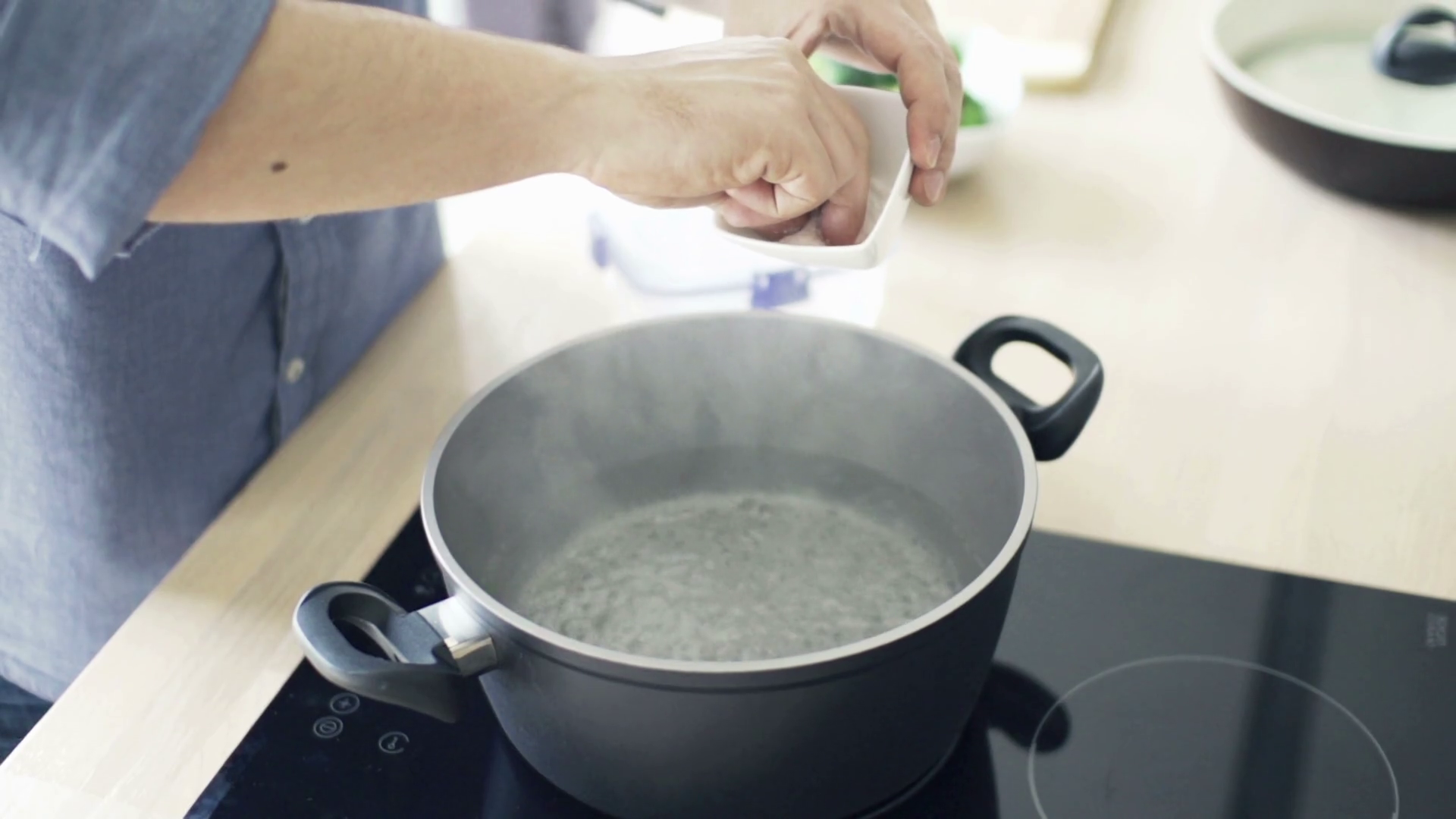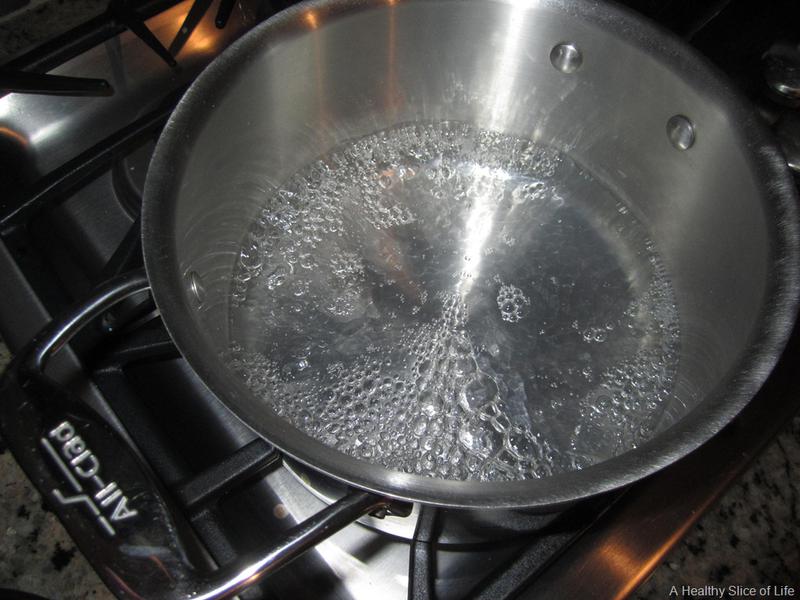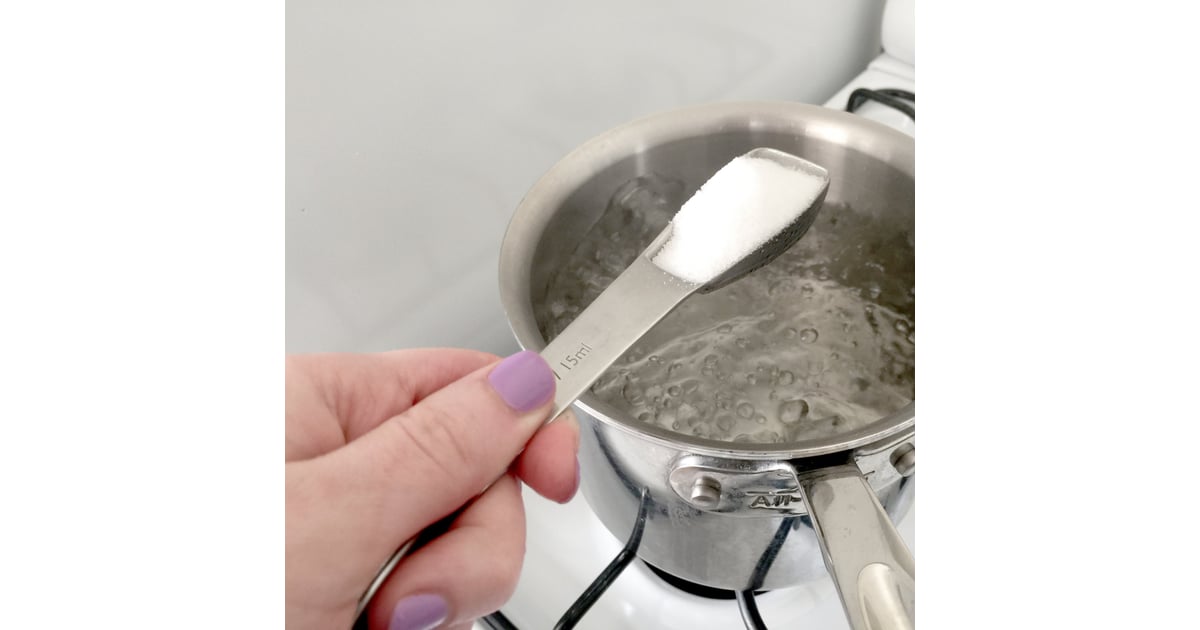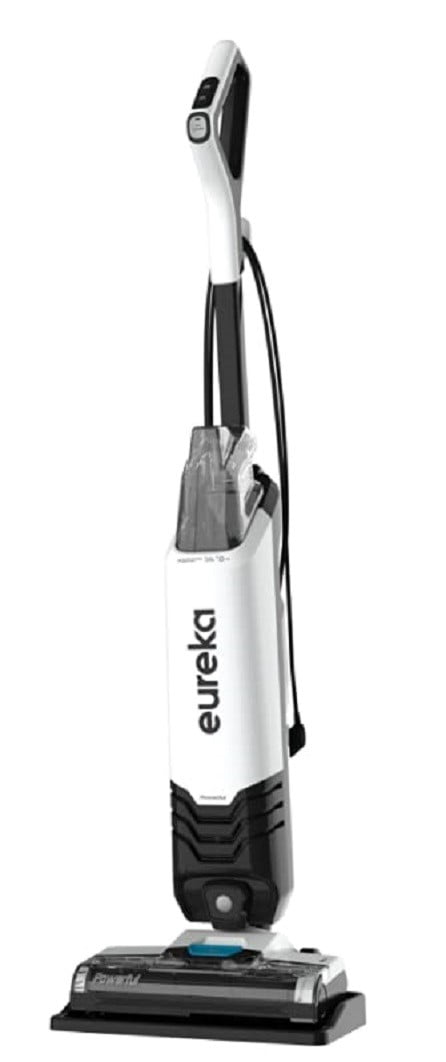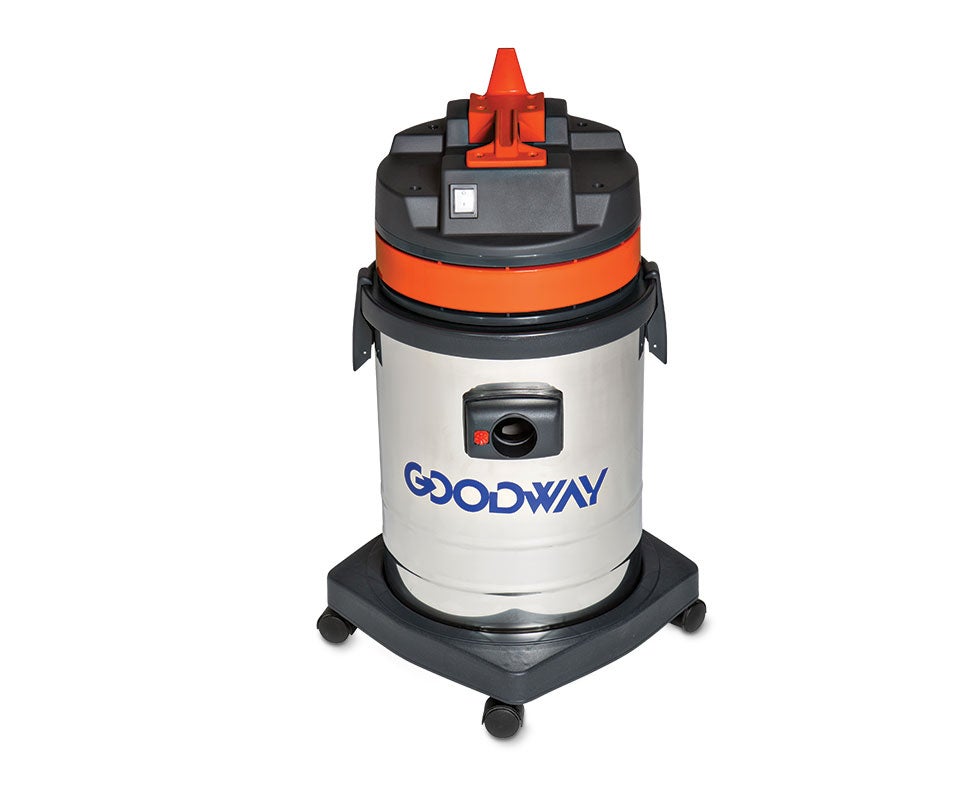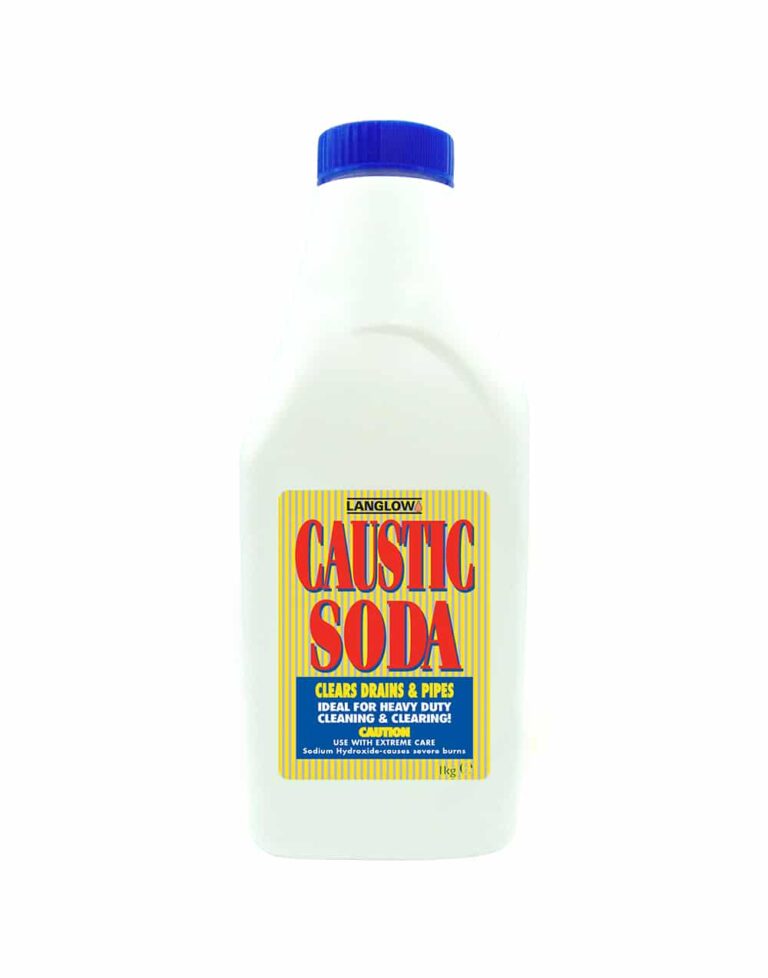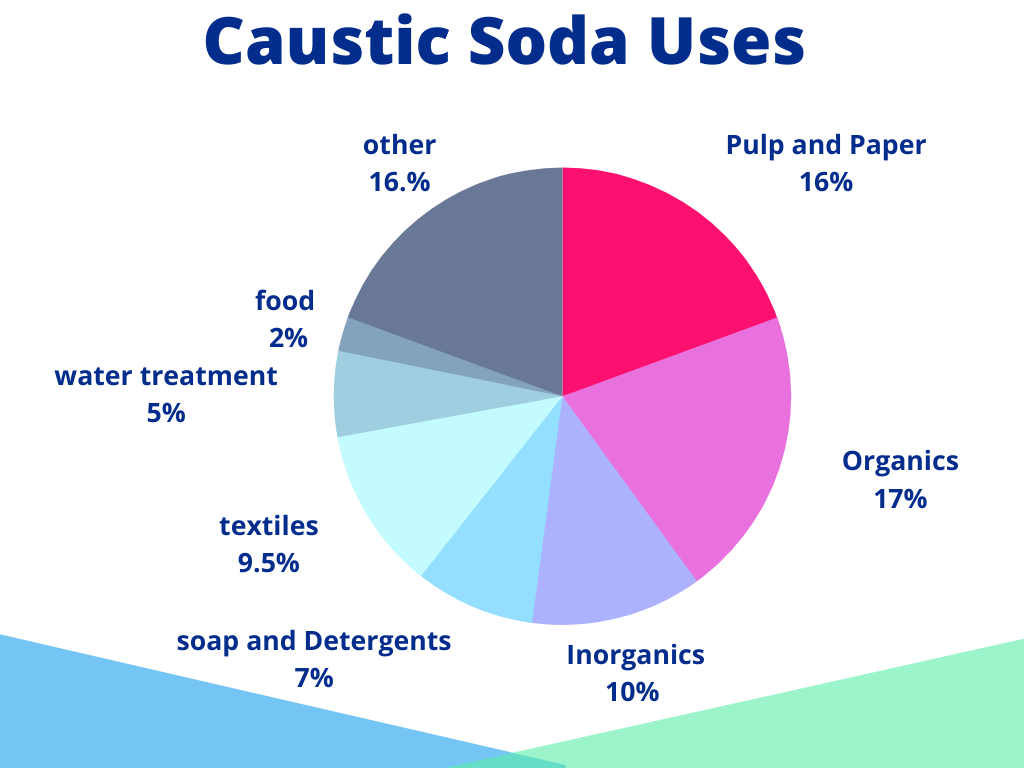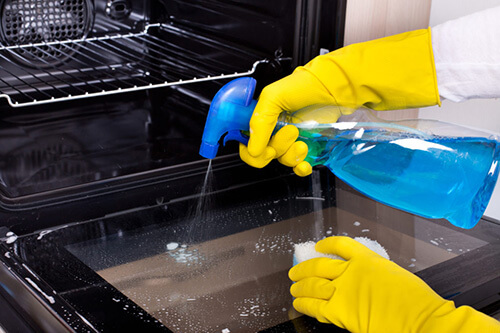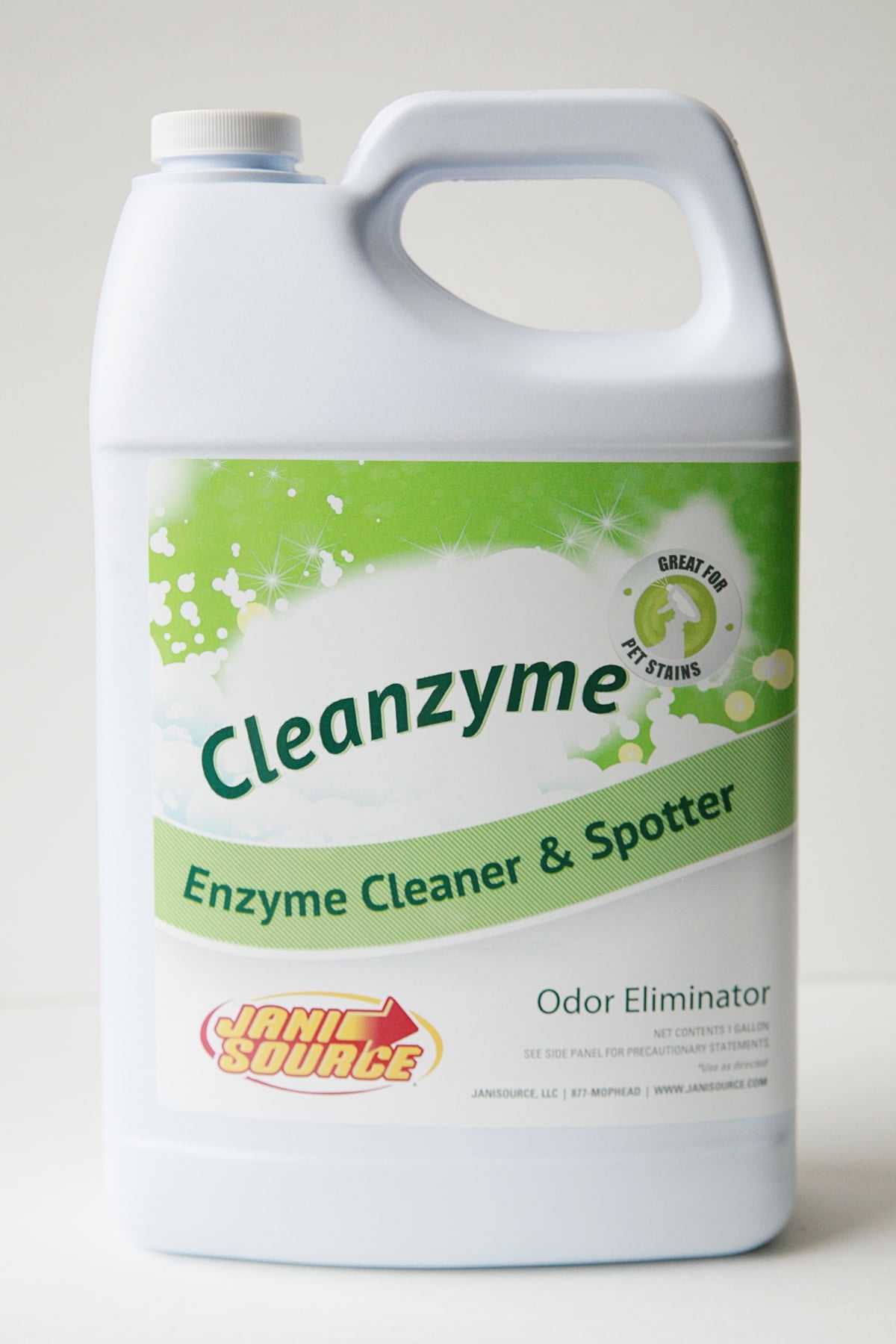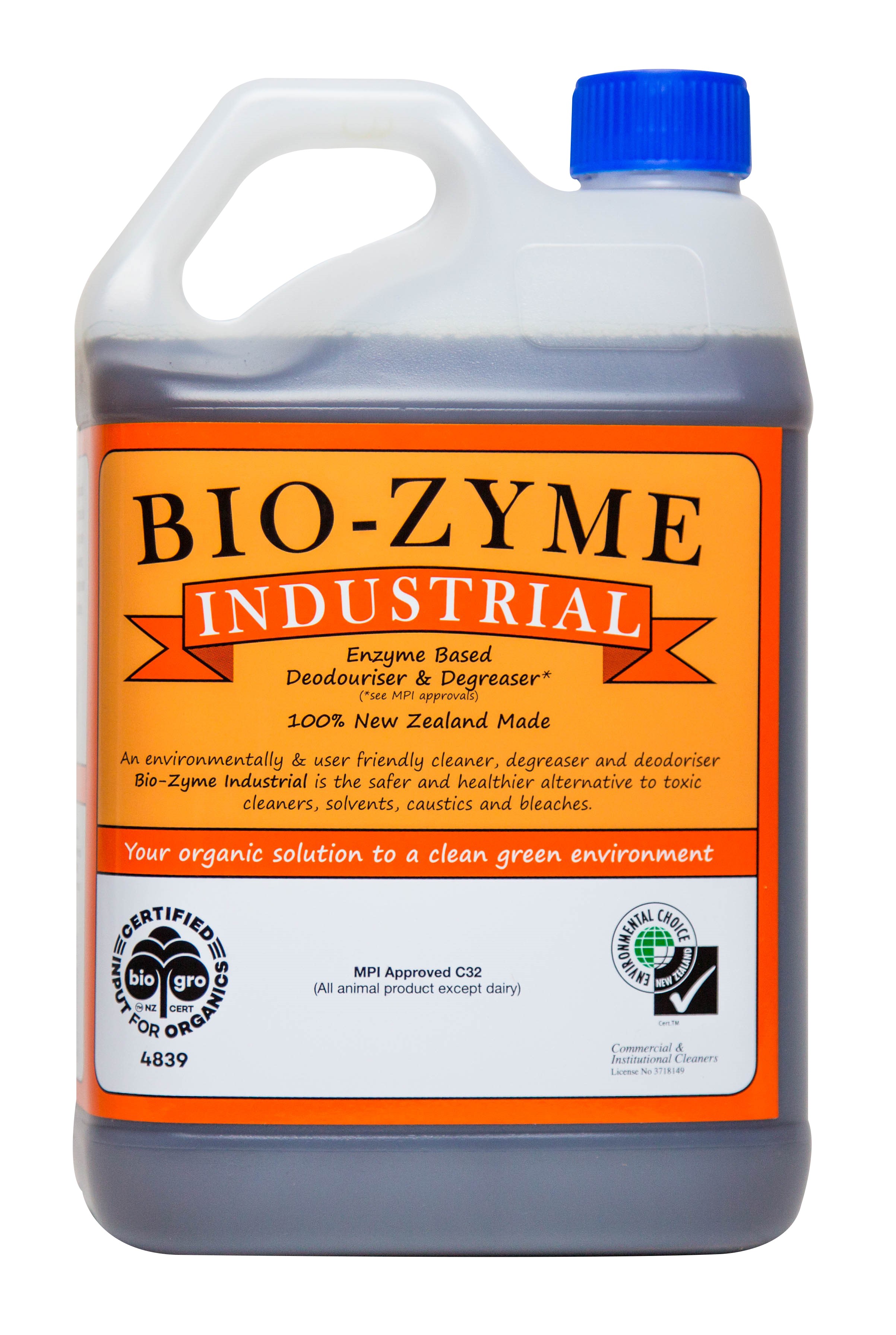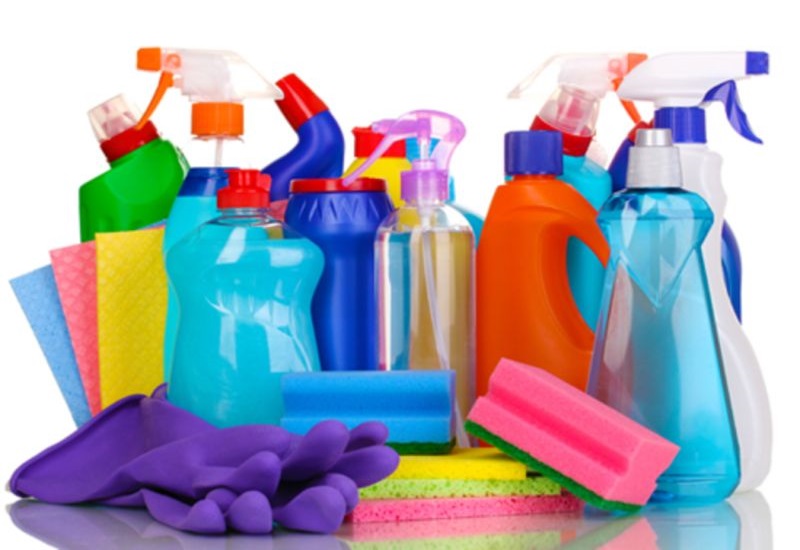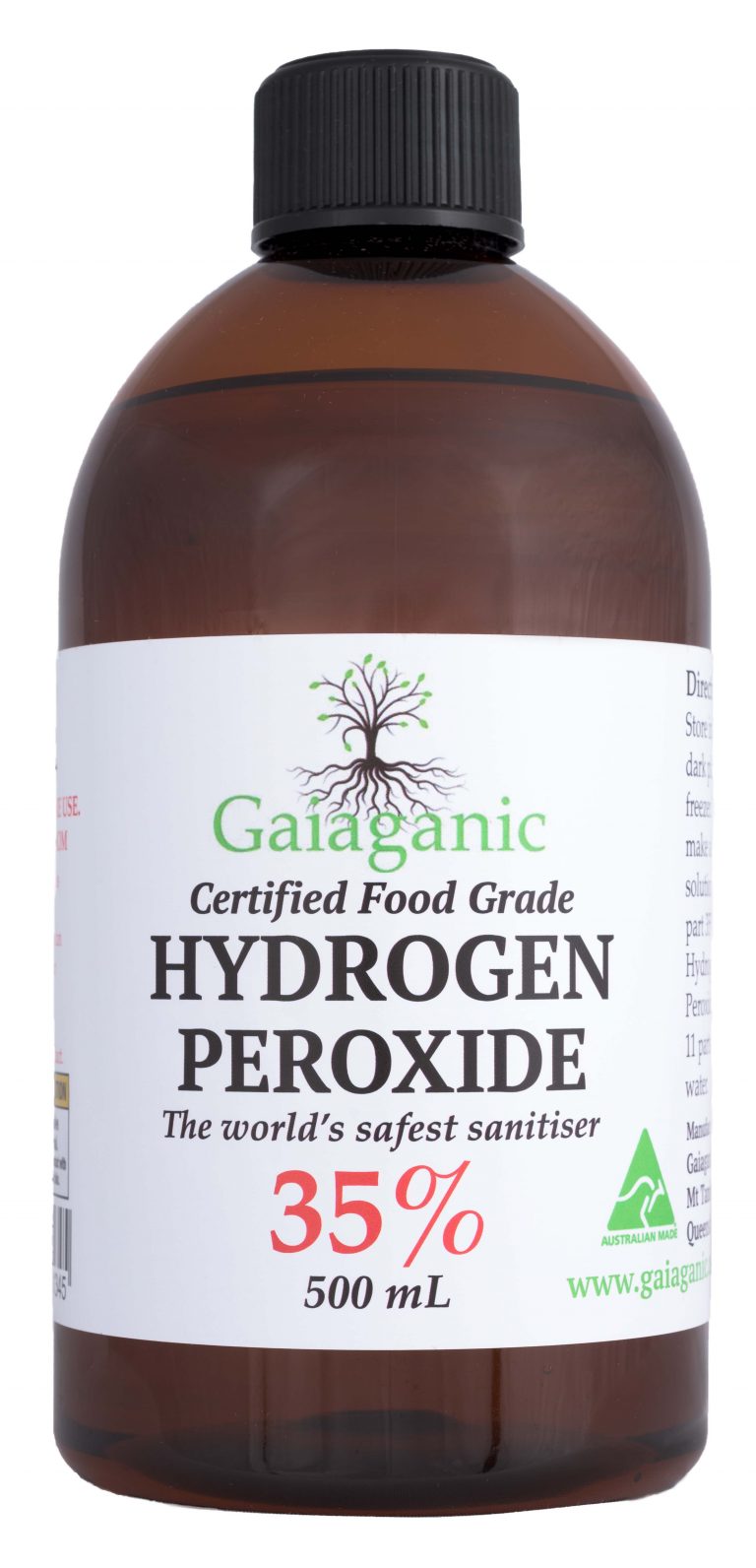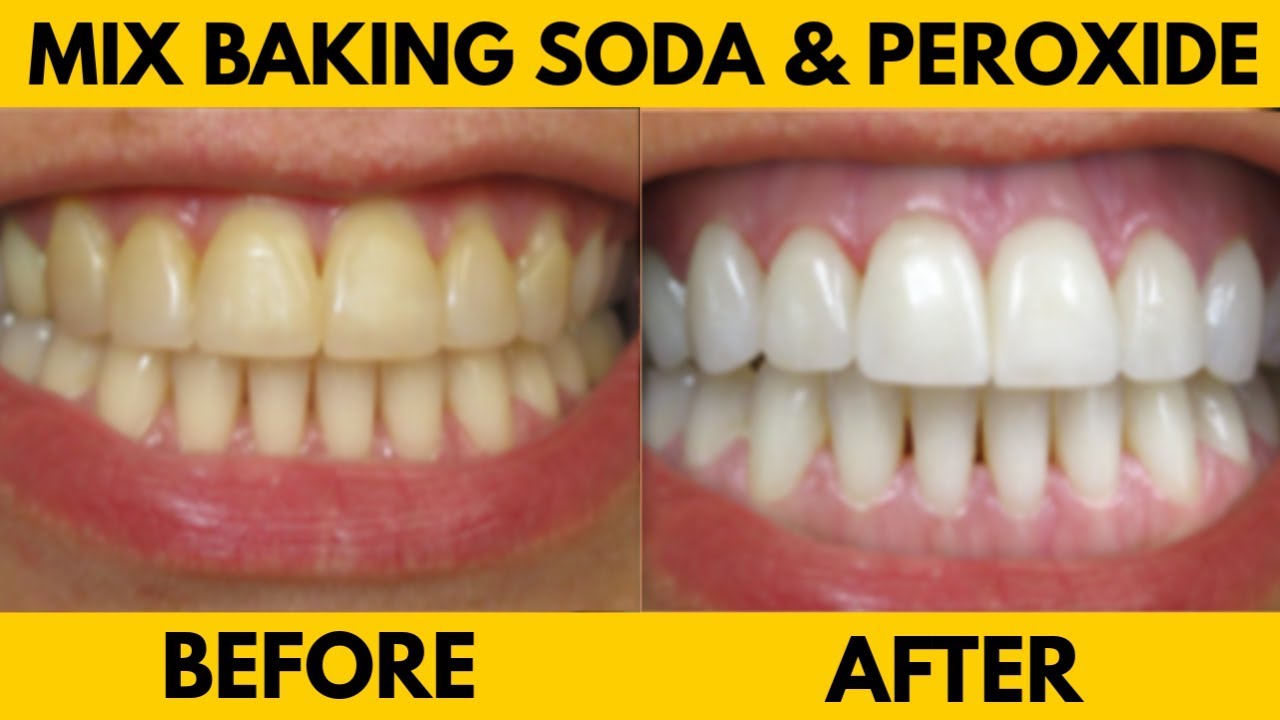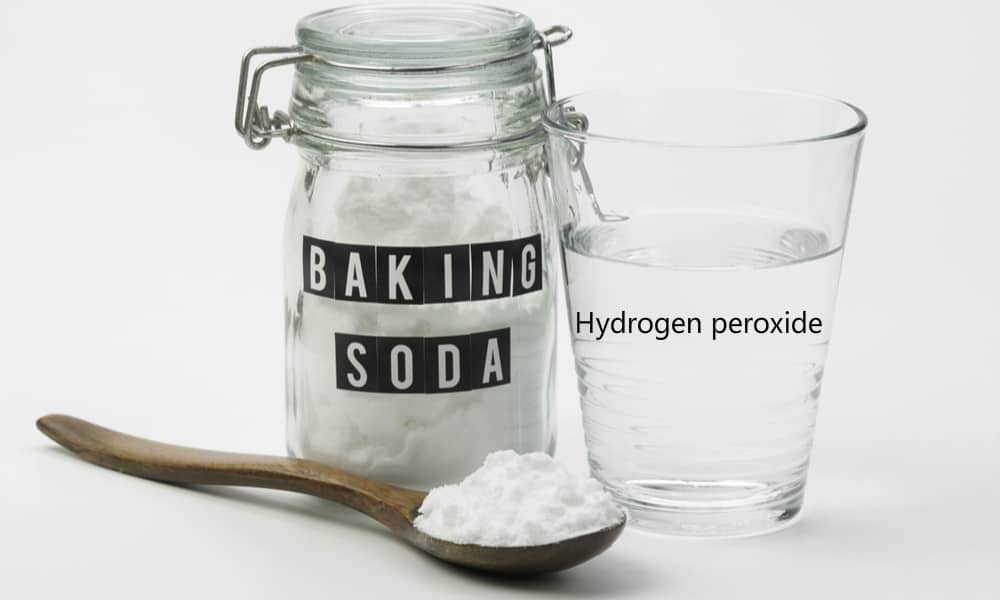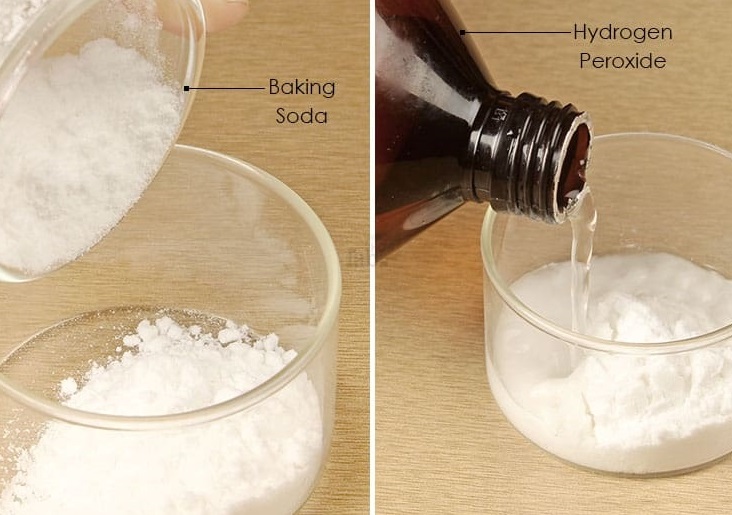If you're looking for a natural and effective way to unclog your kitchen sink, look no further than your pantry. Baking soda and vinegar are a powerful combination that can break down blockages and clear your drain in no time. Simply mix equal parts of baking soda and vinegar, pour it down the drain, and let it sit for 15-20 minutes. Then, rinse with hot water to flush out the clog.1. Baking soda and vinegar
A plunger is a tried and true tool for unclogging drains, and it works just as well for kitchen sinks as it does for toilets. Make sure to use a plunger specifically designed for sinks, as it will have a narrow cup that can fit over the drain. Place the plunger over the drain and push down and pull up in quick motions to create suction. This will help dislodge the clog and allow water to flow freely again.2. Plunger
If your sink is draining slowly, a simple solution may be to pour a pot of boiling water down the drain. This will help dissolve any buildup or grease that may be causing the blockage. However, be careful not to use this method if you have PVC pipes, as boiling water can damage them.3. Boiling water
A drain snake, also known as a plumbing auger, is a long and flexible tool that can reach deep into your pipes to break up clogs. Insert the snake into the drain and turn the handle to push it through the pipes. Once you feel resistance, twist and push the snake to break up the clog. Then, pull the snake out and run hot water down the drain to flush out any remaining debris.4. Drain snake
If your kitchen sink is clogged with grease or food particles, dish soap and hot water can be an effective solution. Squirt a generous amount of dish soap into the drain and follow it with a pot of boiling water. The soap will act as a lubricant to help loosen the clog, while the hot water will wash it away.5. Dish soap and hot water
If you have a particularly stubborn clog, try using a mixture of salt and boiling water. Mix 1/2 cup of salt with a pot of boiling water and pour it down the drain. The salt will help break up the clog while the hot water will flush it away. This method is especially effective for clearing grease buildup.6. Salt and boiling water
If you have a wet/dry vacuum, you can use it to suck out the clog from your kitchen sink. First, create a tight seal around the drain with a damp cloth. Then, set your vacuum to the liquid setting and place the hose over the drain. Turn on the vacuum and let it run for a few minutes, sucking out any debris that may be causing the clog.7. Wet/dry vacuum
Caustic soda, also known as sodium hydroxide, is a powerful chemical that can dissolve tough clogs. However, it should be used with caution as it can be harmful to skin and eyes. Mix 3 cups of caustic soda with 3/4 gallon of cold water in a plastic bucket. Wear protective gloves and eyewear, then slowly pour the mixture down the drain. Let it sit for 20-30 minutes, then flush with hot water.8. Caustic soda
If you prefer a more natural and environmentally-friendly option, an enzyme-based cleaner can be a great choice. These cleaners contain bacteria and enzymes that break down organic material in your drain. Simply pour the cleaner down the drain and let it sit for a few hours or overnight. Then, flush with hot water to clear the clog.9. Enzyme-based cleaner
Another powerful combination for unclogging kitchen sinks is hydrogen peroxide and baking soda. Mix 1 cup of baking soda with 1/2 cup of hydrogen peroxide and pour it down the drain. Let it sit for 30 minutes, then flush with hot water. The foaming action of this mixture will help break down and clear out any stubborn clogs. Don't let a clogged kitchen sink slow you down. With these top 10 best things to use to unclog your kitchen sink, you can keep your drain running smoothly and your dishes clean. Remember to use caution when using chemical cleaners and always follow the instructions carefully. If these methods do not work, it may be time to call a professional plumber for assistance.10. Hydrogen peroxide and baking soda
The Best Thing to Use to Unclog Your Kitchen Sink

Common Causes of a Clogged Kitchen Sink
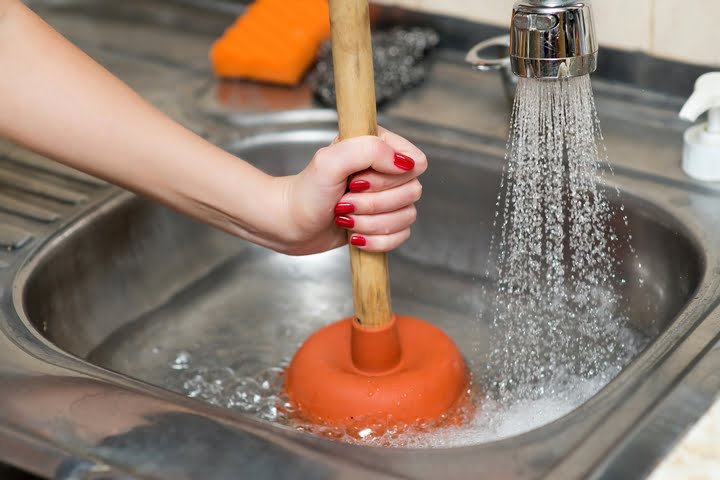 A clogged kitchen sink can be a major inconvenience and can disrupt your daily routine. There are several common causes of a clogged kitchen sink, such as food scraps, grease buildup, and foreign objects. Over time, these substances can accumulate and create a blockage in your pipes, preventing water from draining properly.
A clogged kitchen sink can be a major inconvenience and can disrupt your daily routine. There are several common causes of a clogged kitchen sink, such as food scraps, grease buildup, and foreign objects. Over time, these substances can accumulate and create a blockage in your pipes, preventing water from draining properly.
The Importance of Choosing the Right Unclogging Method
 When faced with a clogged kitchen sink, many people resort to using harsh chemicals or calling a plumber. However, these methods can be harmful to your health and the environment, not to mention expensive. That's why it's important to choose the right unclogging method, one that is effective, safe, and affordable.
When faced with a clogged kitchen sink, many people resort to using harsh chemicals or calling a plumber. However, these methods can be harmful to your health and the environment, not to mention expensive. That's why it's important to choose the right unclogging method, one that is effective, safe, and affordable.
Why You Should Avoid Harsh Chemicals
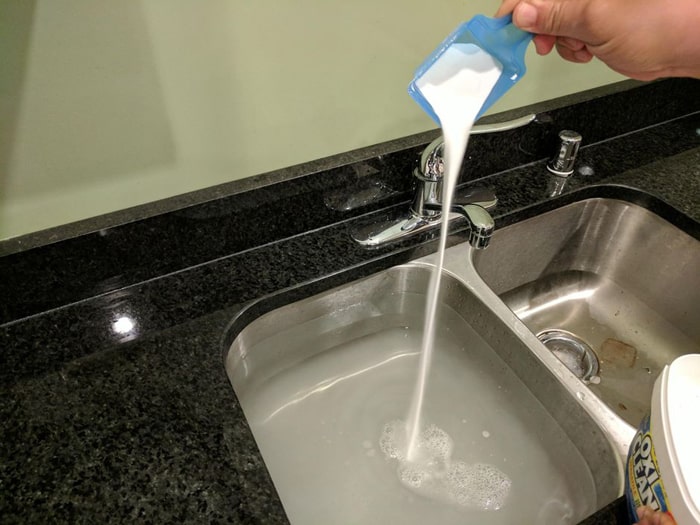 Featured keyword: best thing to use to unclog kitchen sink
Many commercial drain cleaners contain harsh chemicals that can damage your pipes and cause health problems. These chemicals can also harm the environment when they are washed down the drain. In addition, they may not always be effective in unclogging your kitchen sink, especially if the blockage is caused by solid materials or buildup. It's best to avoid using these chemicals and opt for a safer and more eco-friendly solution.
Featured keyword: best thing to use to unclog kitchen sink
Many commercial drain cleaners contain harsh chemicals that can damage your pipes and cause health problems. These chemicals can also harm the environment when they are washed down the drain. In addition, they may not always be effective in unclogging your kitchen sink, especially if the blockage is caused by solid materials or buildup. It's best to avoid using these chemicals and opt for a safer and more eco-friendly solution.
The Benefits of Using Natural Ingredients
 Fortunately, there are natural ingredients that can effectively unclog your kitchen sink without harming your health or the environment.
Main keyword: unclog kitchen sink
One of the best things to use is a combination of baking soda and vinegar. The fizzing reaction created by the two ingredients can help break down and dissolve the blockage in your pipes. Another natural option is using a plunger to create suction and dislodge the clog.
Fortunately, there are natural ingredients that can effectively unclog your kitchen sink without harming your health or the environment.
Main keyword: unclog kitchen sink
One of the best things to use is a combination of baking soda and vinegar. The fizzing reaction created by the two ingredients can help break down and dissolve the blockage in your pipes. Another natural option is using a plunger to create suction and dislodge the clog.
The Advantages of Regular Maintenance
 Related main keyword: house design
Prevention is always better than cure, and this applies to unclogging your kitchen sink as well. Regular maintenance and proper use of your kitchen sink can help prevent clogs from occurring in the first place. Avoid pouring grease or oil down the drain, use a drain strainer to catch food scraps, and run hot water through the sink after each use to prevent buildup. Additionally, investing in a high-quality garbage disposal can also help keep your kitchen sink free from clogs.
Related main keyword: house design
Prevention is always better than cure, and this applies to unclogging your kitchen sink as well. Regular maintenance and proper use of your kitchen sink can help prevent clogs from occurring in the first place. Avoid pouring grease or oil down the drain, use a drain strainer to catch food scraps, and run hot water through the sink after each use to prevent buildup. Additionally, investing in a high-quality garbage disposal can also help keep your kitchen sink free from clogs.
Conclusion
 In conclusion, the best thing to use to unclog your kitchen sink is a natural solution such as baking soda and vinegar. Not only is it effective and affordable, but it is also safe for your health and the environment. Remember to also practice regular maintenance to prevent clogs from happening. With these tips, you can keep your kitchen sink running smoothly and avoid the hassle and expense of dealing with a clogged sink. So the next time you face a clog, consider these natural methods before reaching for harsh chemicals or calling a plumber.
In conclusion, the best thing to use to unclog your kitchen sink is a natural solution such as baking soda and vinegar. Not only is it effective and affordable, but it is also safe for your health and the environment. Remember to also practice regular maintenance to prevent clogs from happening. With these tips, you can keep your kitchen sink running smoothly and avoid the hassle and expense of dealing with a clogged sink. So the next time you face a clog, consider these natural methods before reaching for harsh chemicals or calling a plumber.

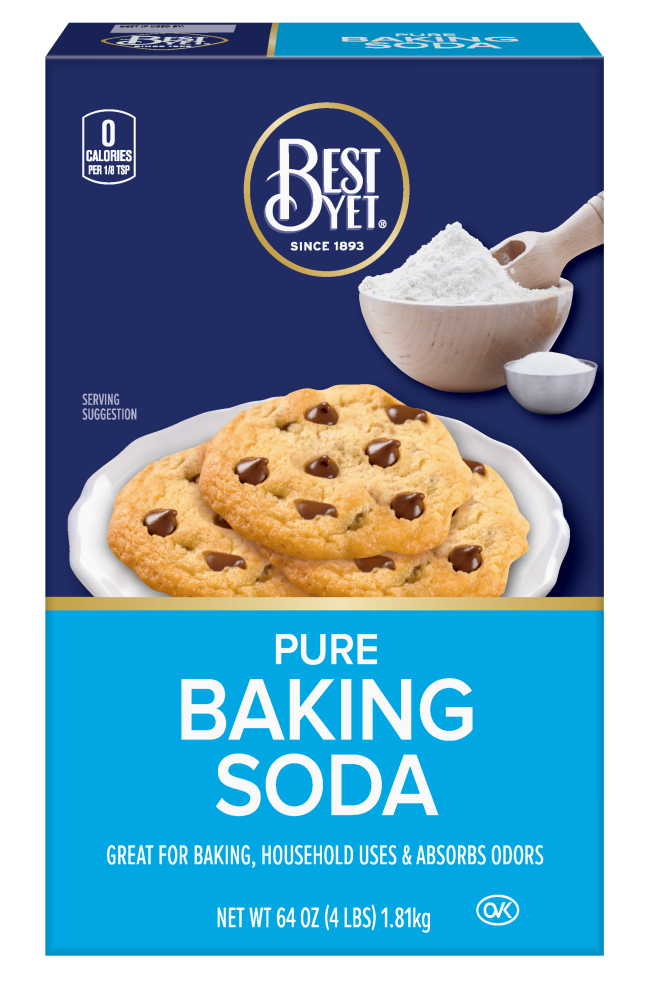


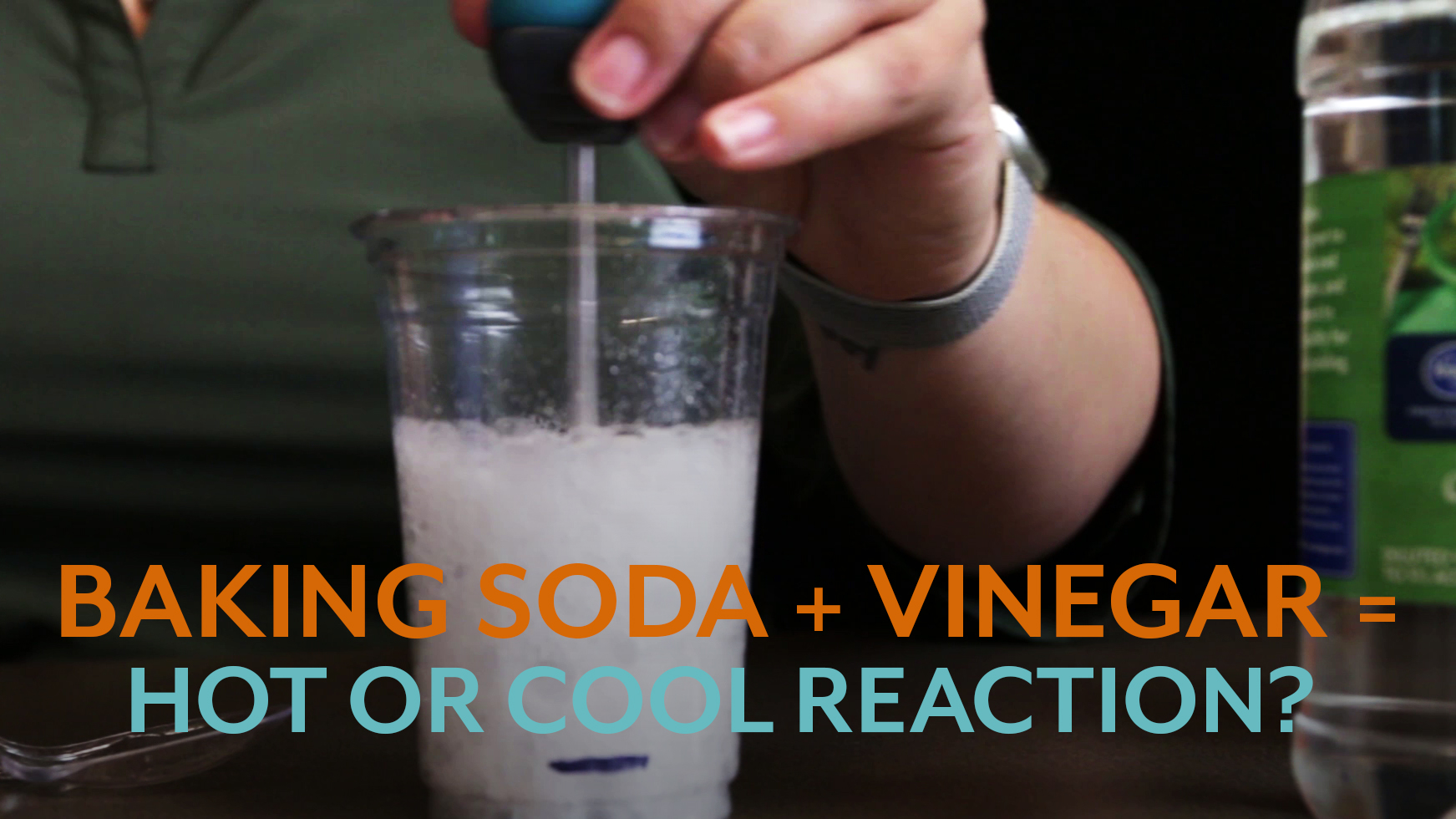

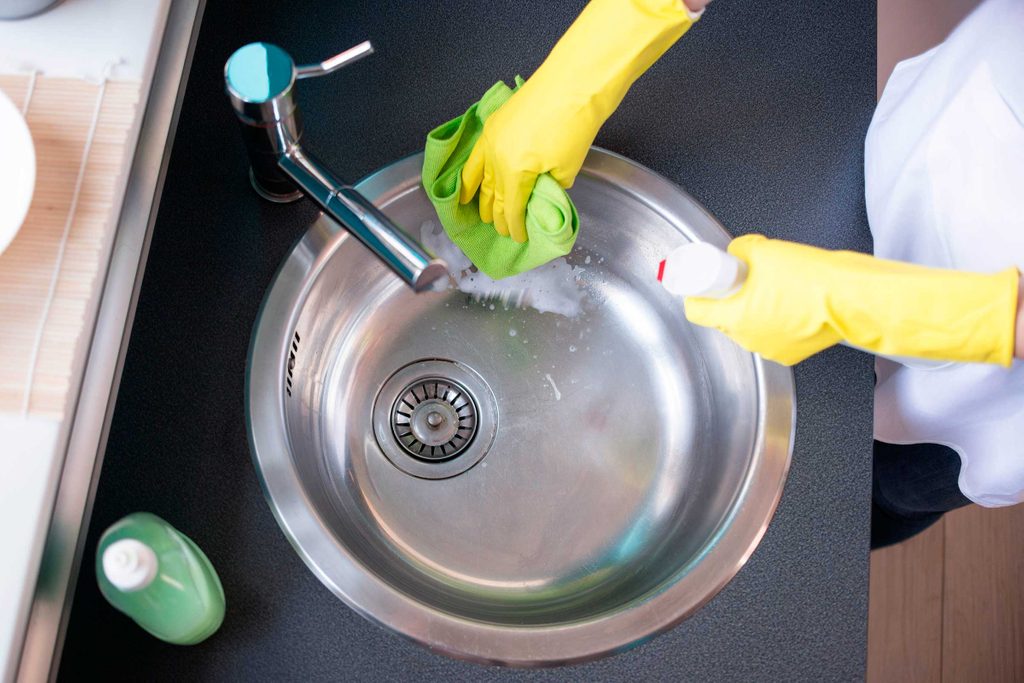


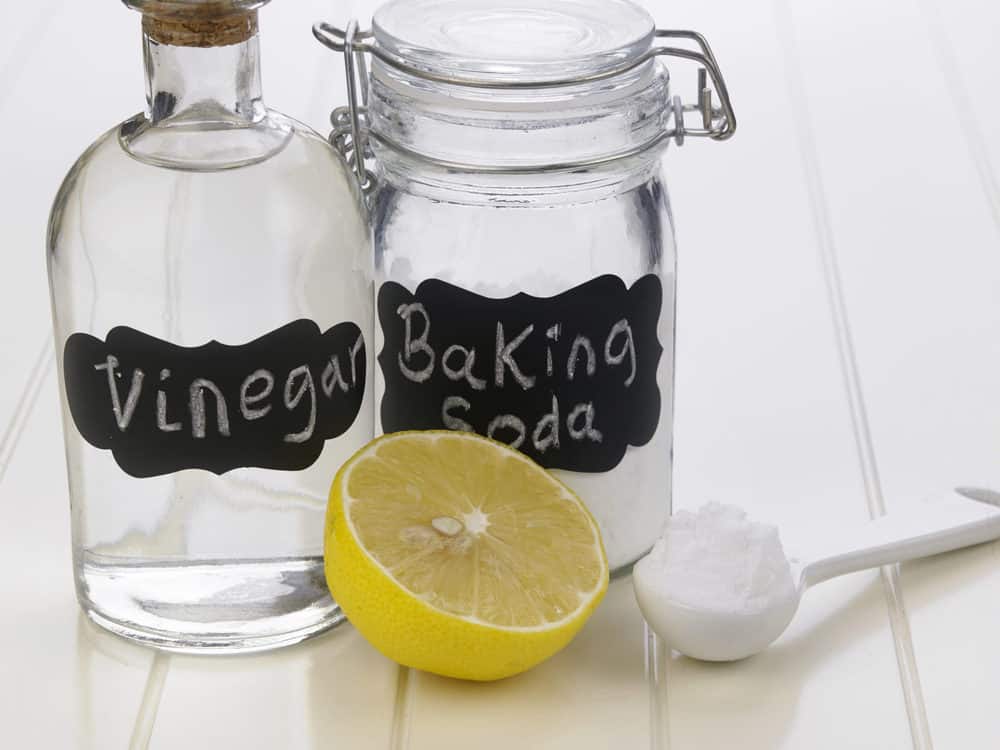
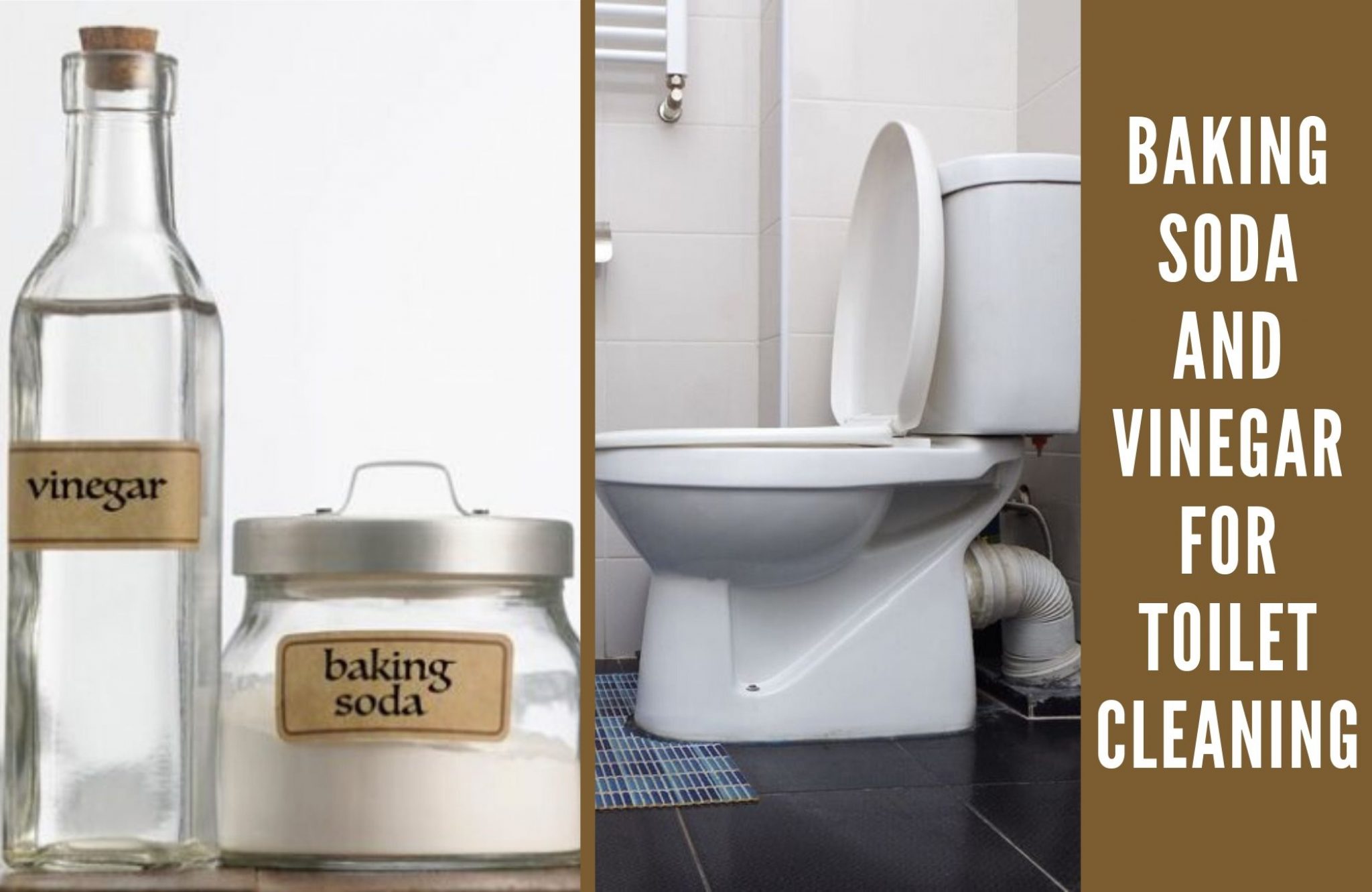













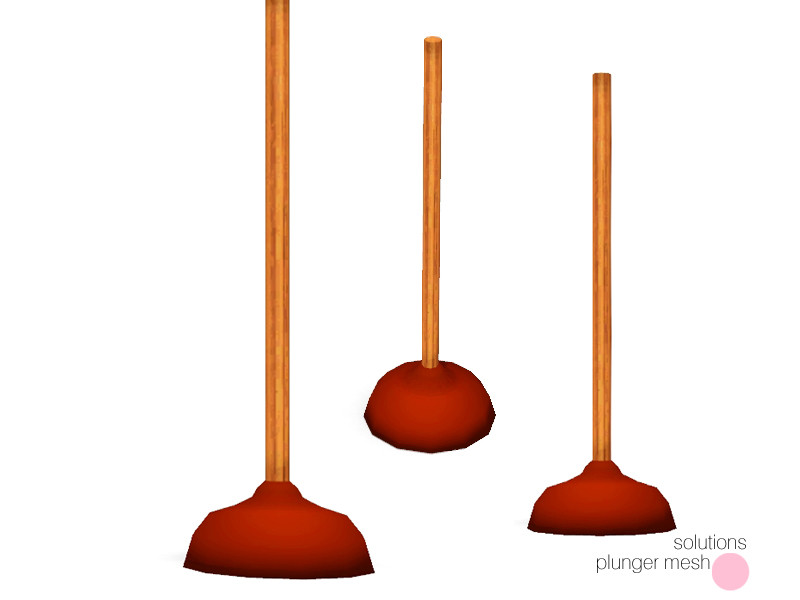



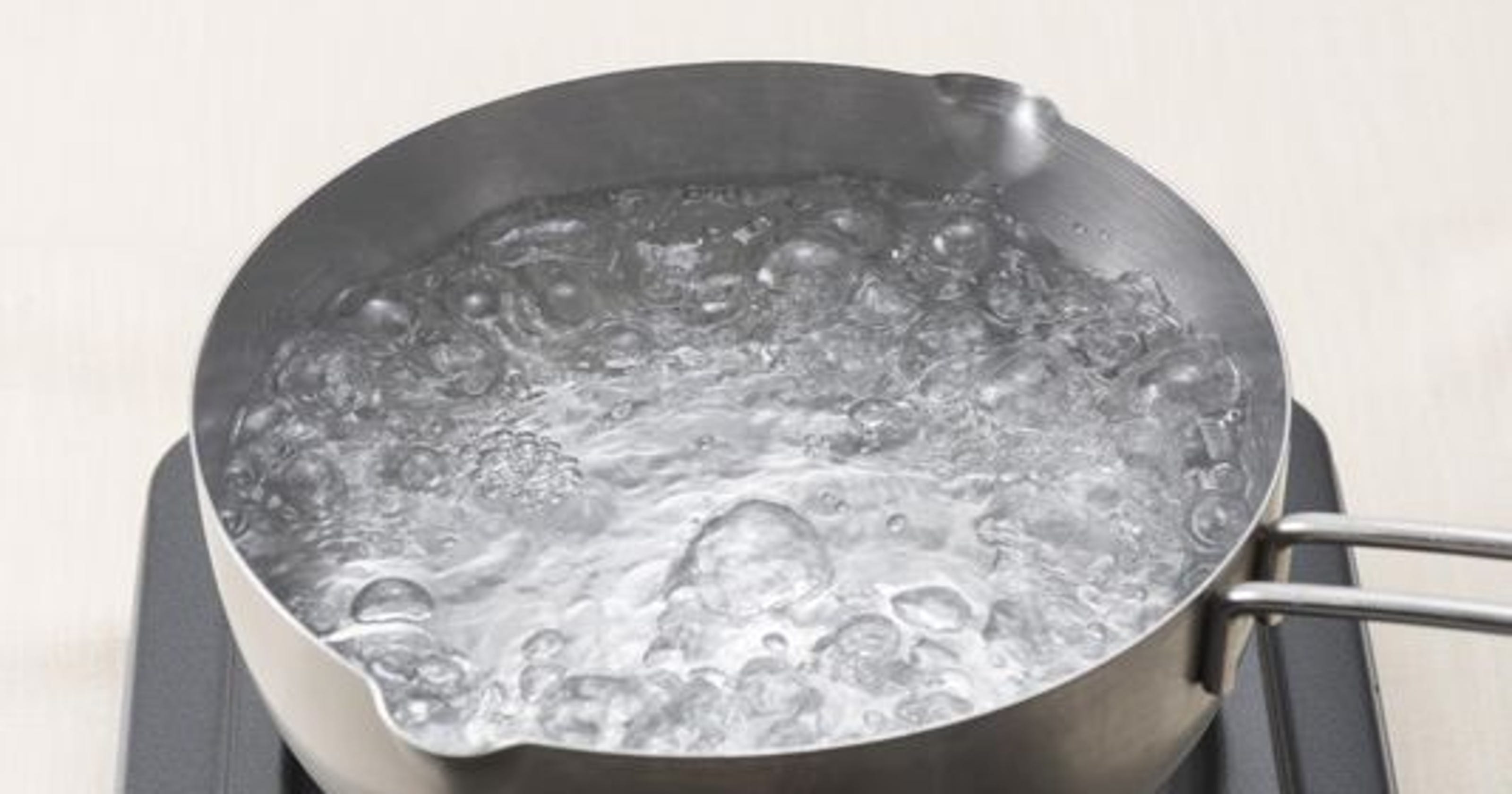
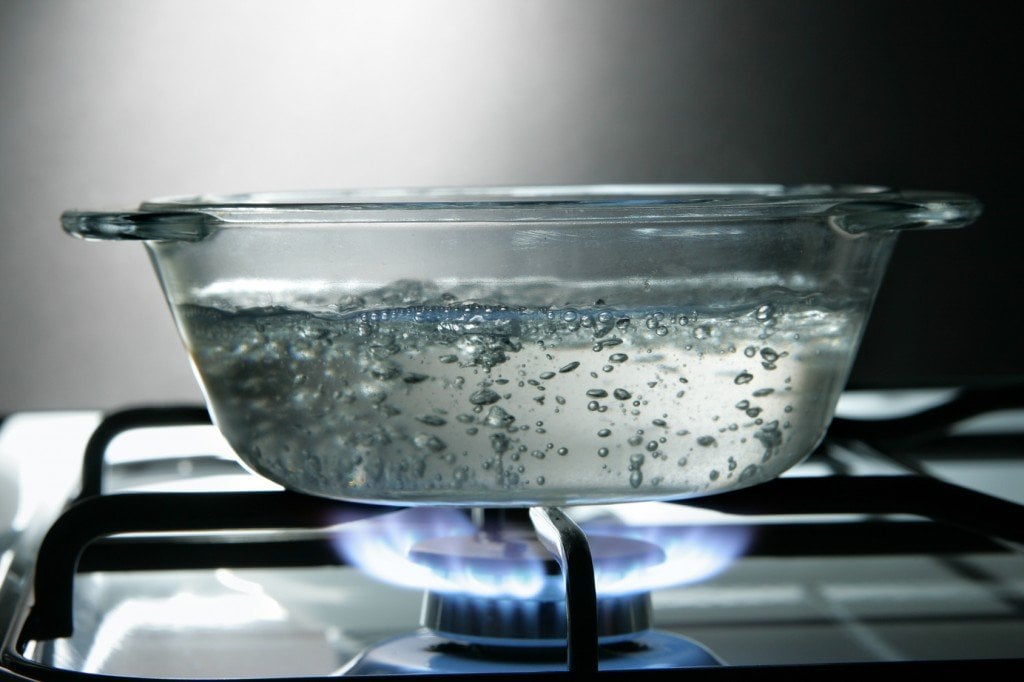




/boiling-water-on-gas-stove-143735234-5790aeb35f9b584d2005e949.jpg)
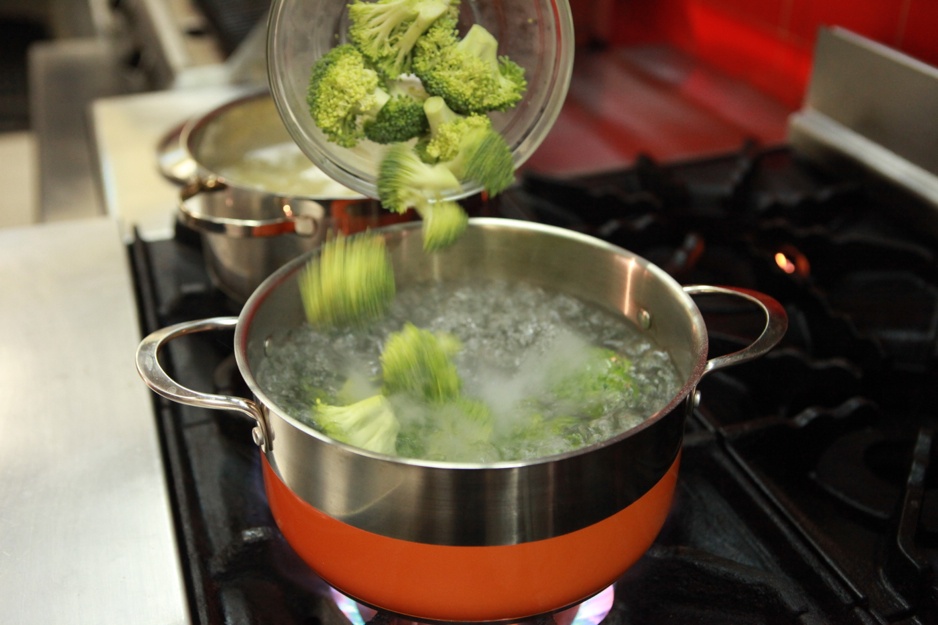
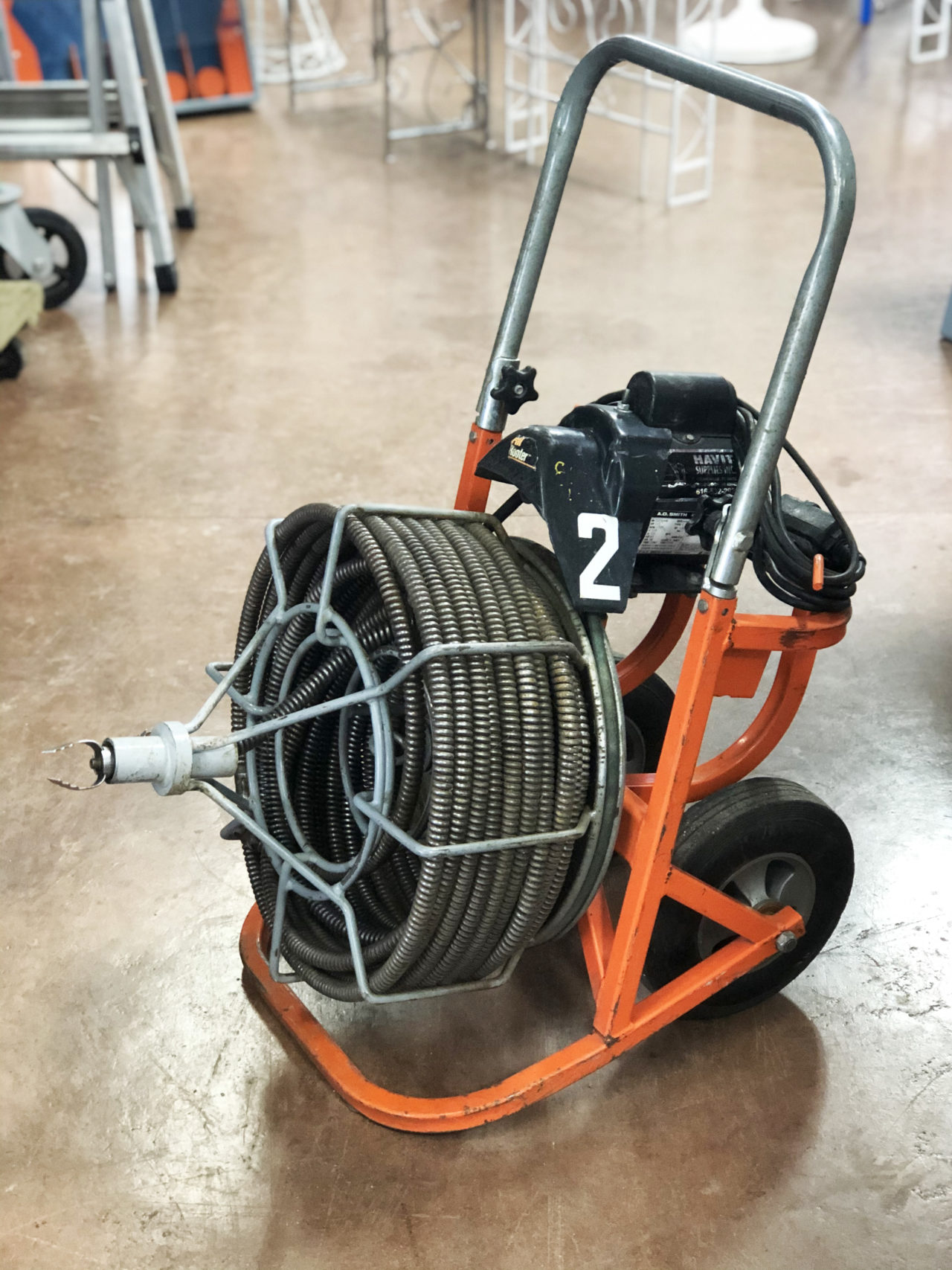
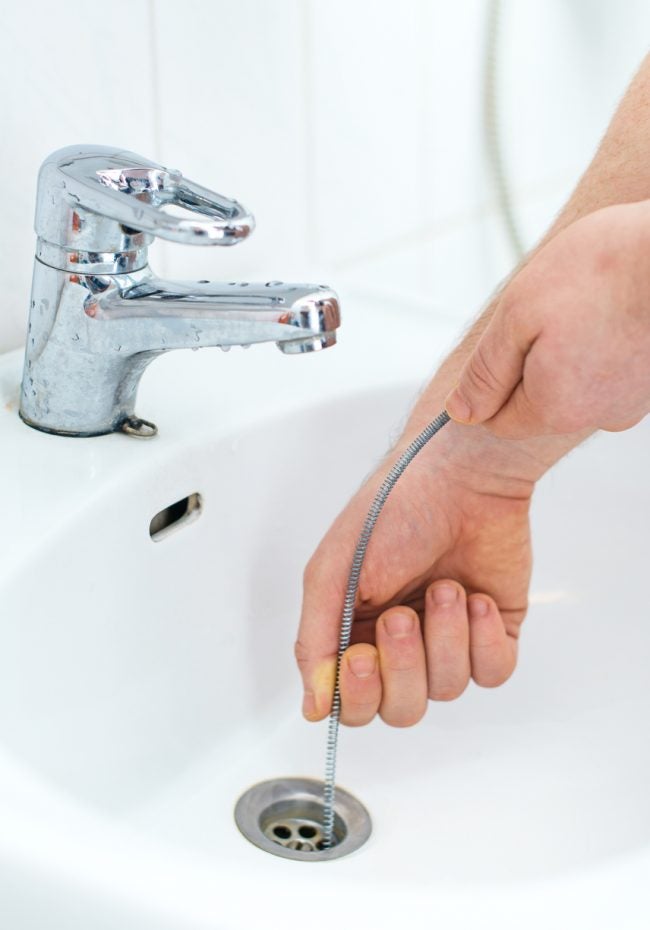


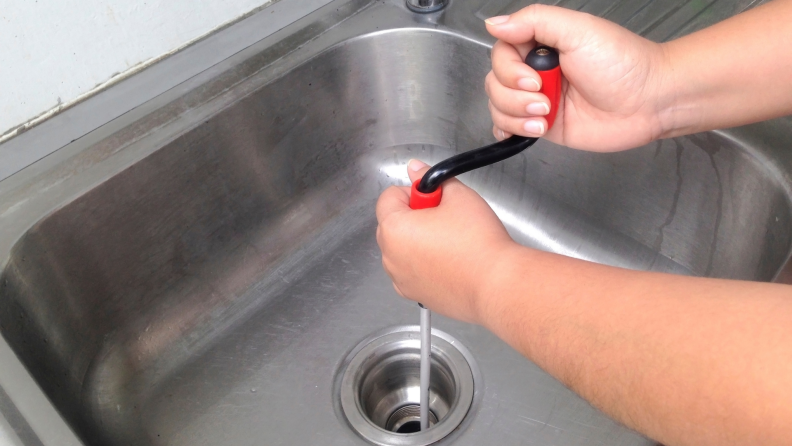


:max_bytes(150000):strip_icc()/Vastar-4-Pack-Drain-Snake-50b0e77281b244e386d046ca25ba76b6.jpg)






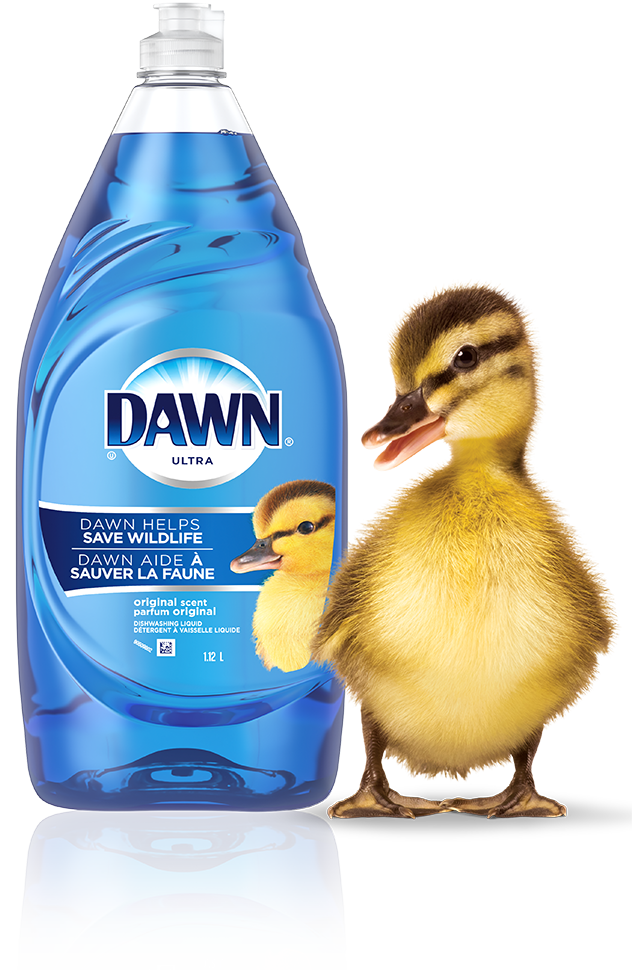

/GettyImages-80566571-5a1ca234aad52b00373338ff.jpg)
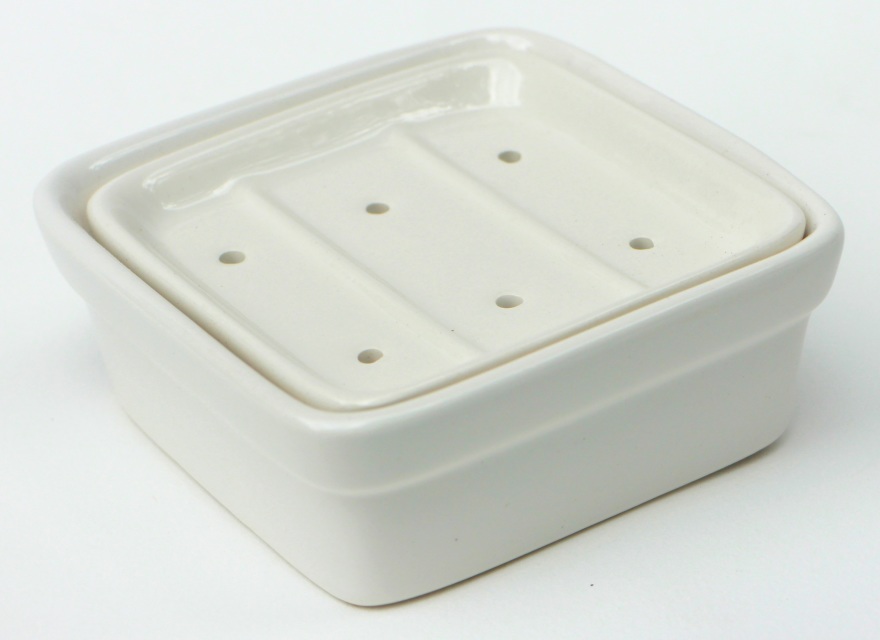

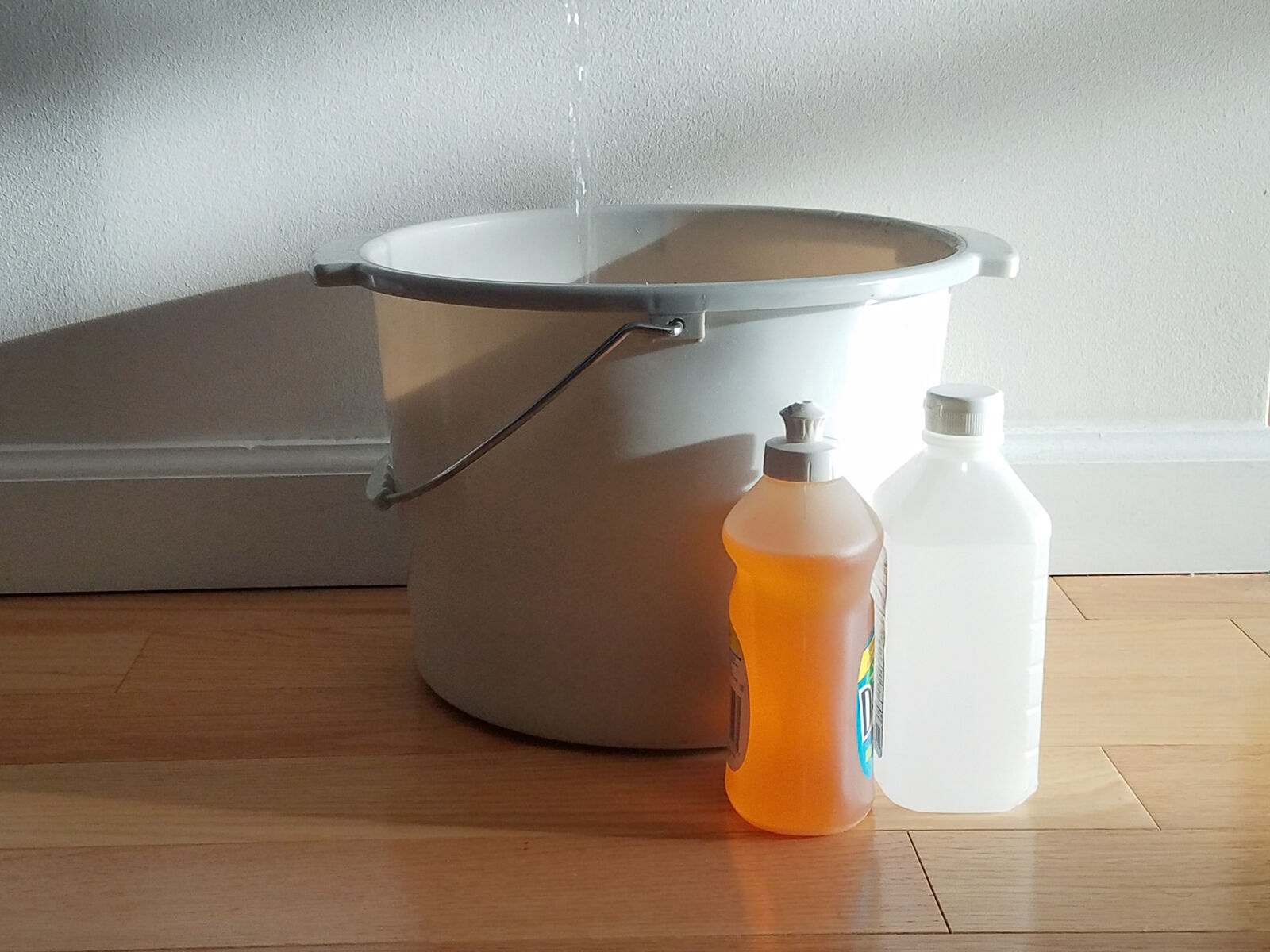
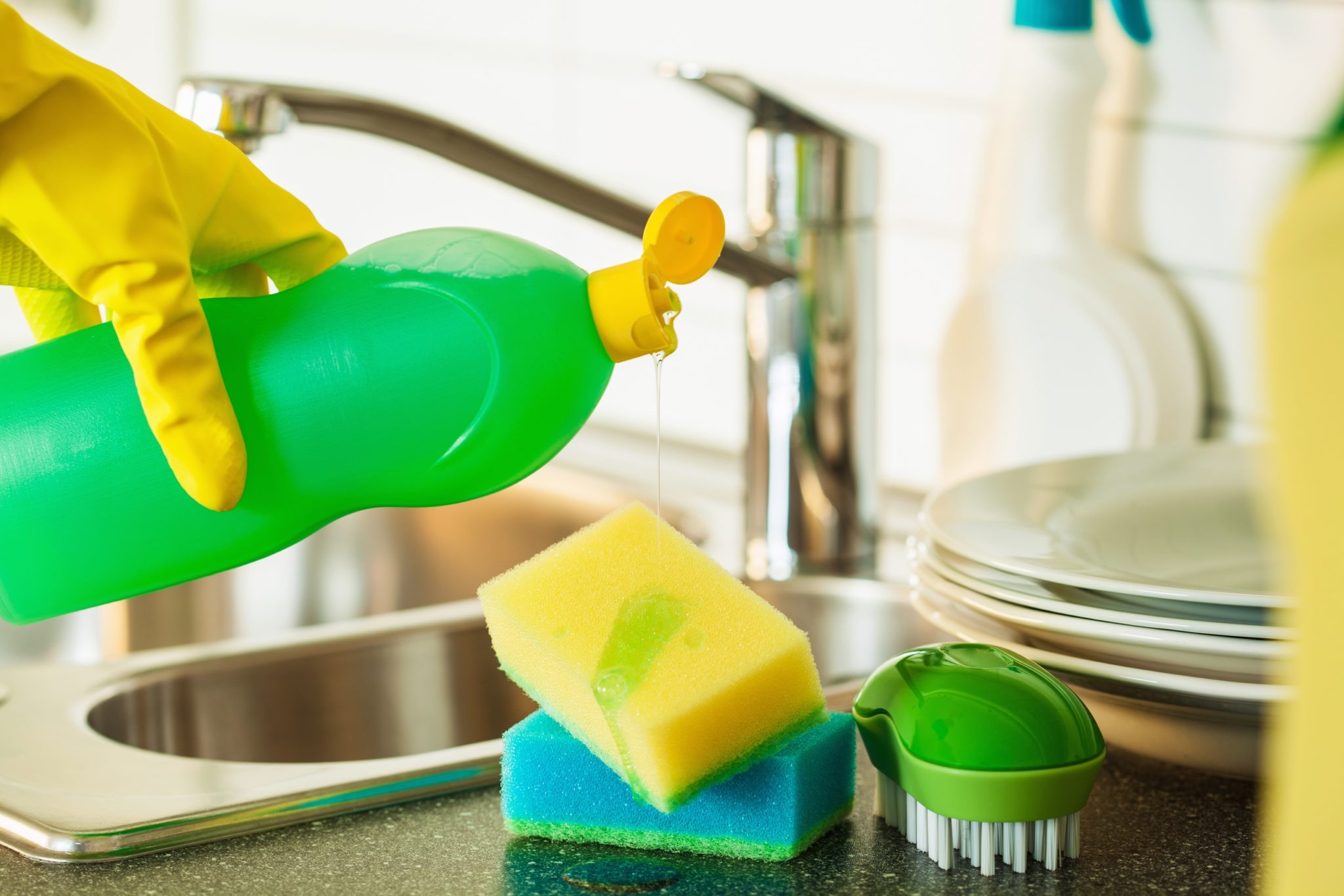
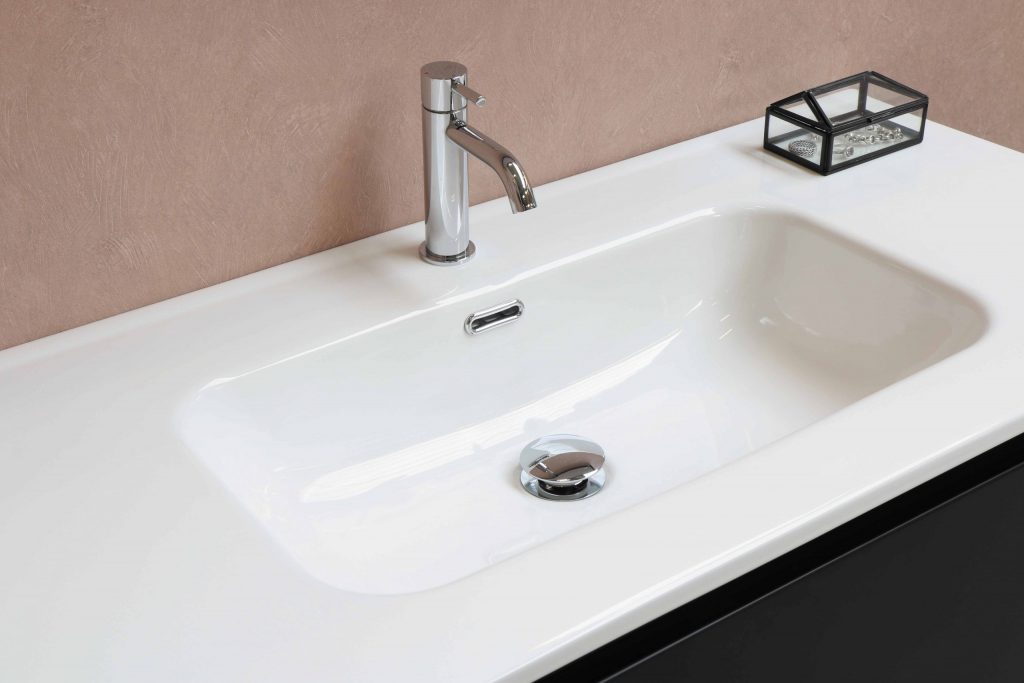
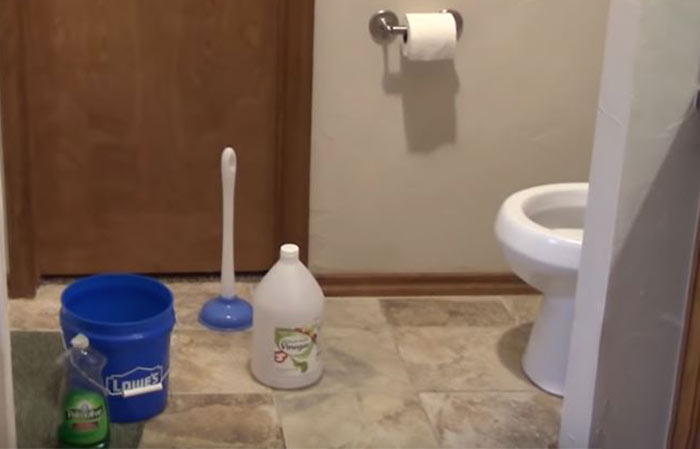
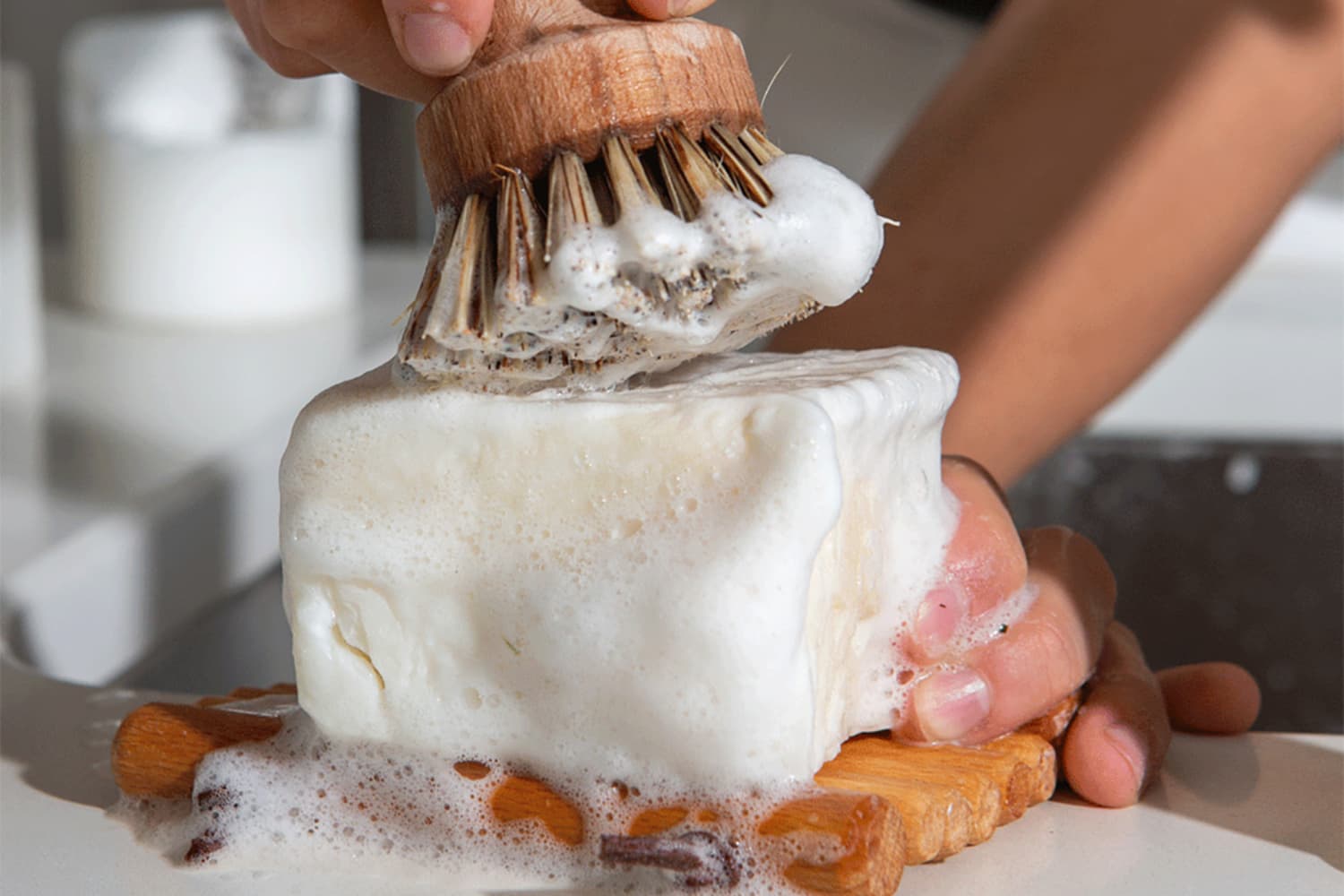
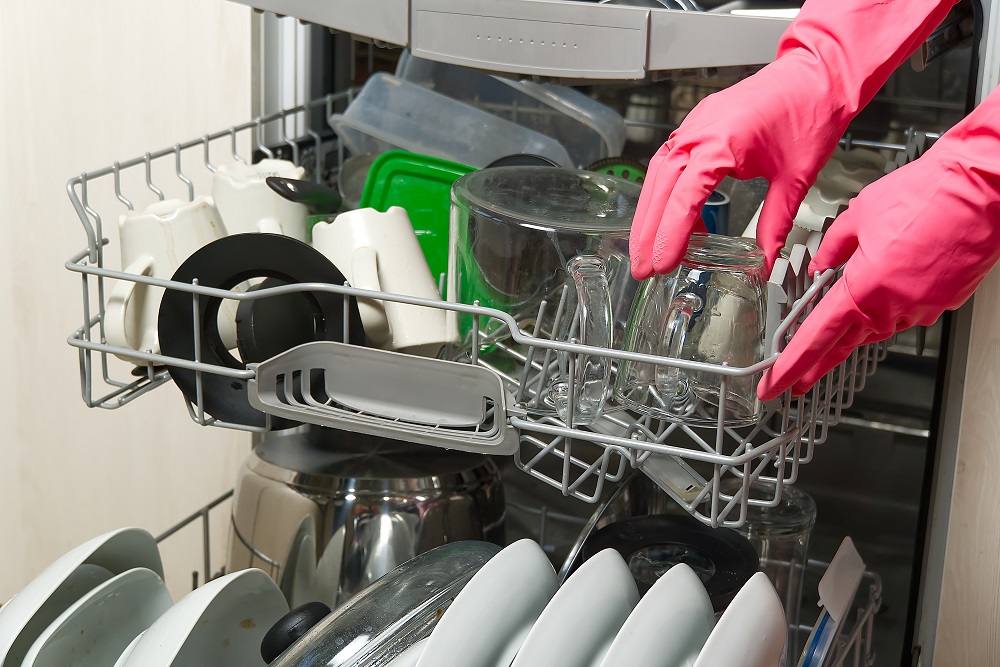



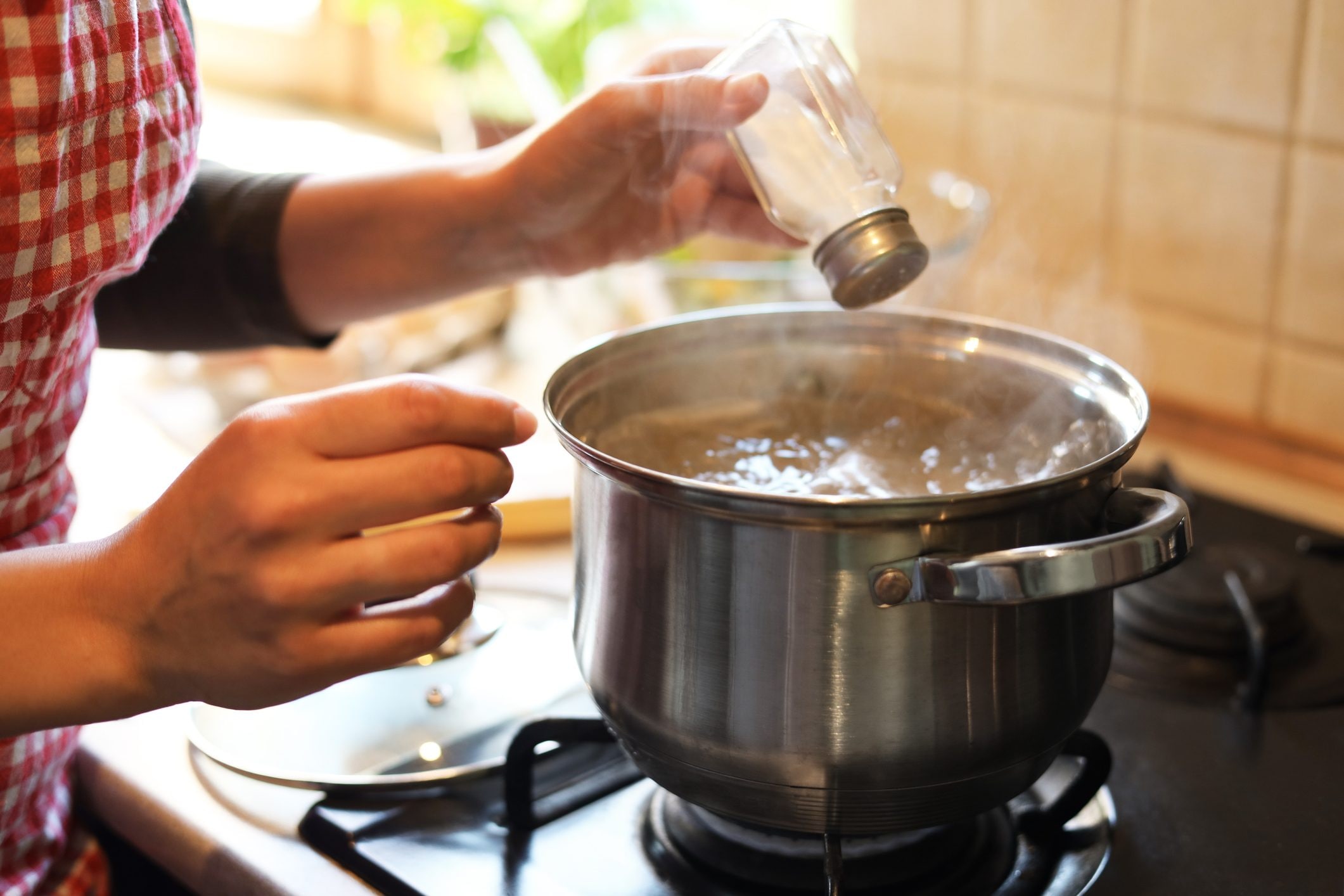

/GettyImages-1166175911-fafaea7fa0f54e418c93d8aff001460b.jpg)



